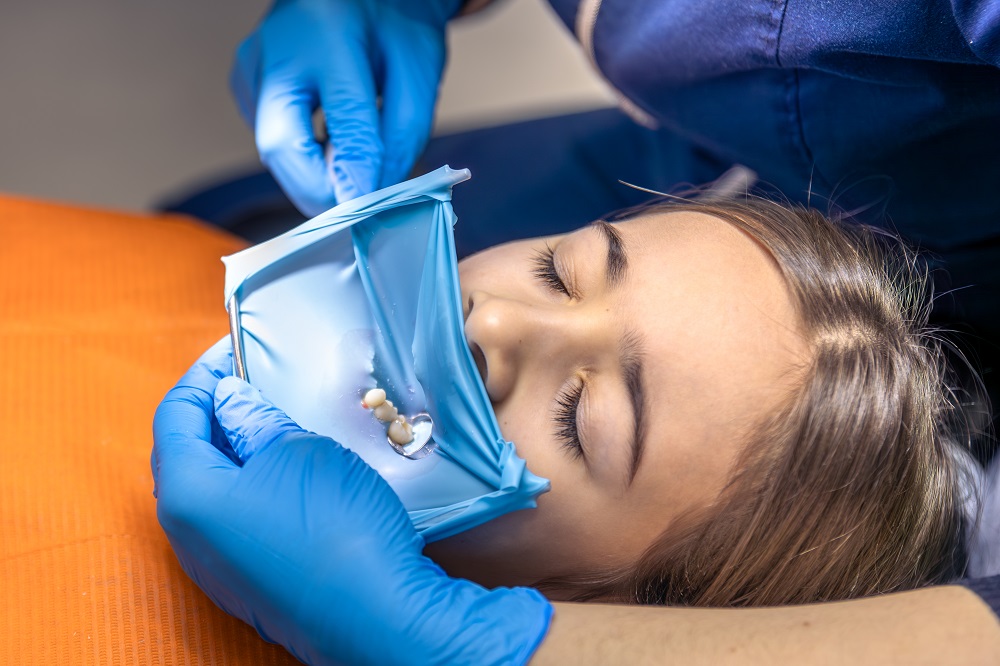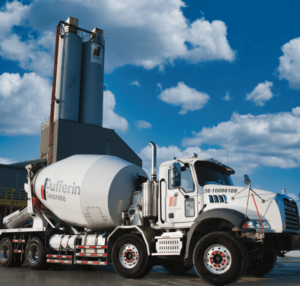Medical Spa Market Growth Analysis, Trends, and Leading Players (2023-2032)
In recent years, the medical spa market has experienced impressive growth as consumers increasingly seek a fusion of healthcare and luxury. The global market, valued at USD 18.01 billion in 2023, is projected to expand at a compound annual growth rate (CAGR) of 13.3%, reaching a staggering USD 55.42 billion by 2032. This growth is driven by shifting consumer preferences, technological advancements in non-invasive treatments, and an expanding wellness tourism industry.
Why the Medical Spa Market is Growing
1. Rising Demand for Wellness Tourism and Holistic Health
With global health awareness on the rise, wellness tourism is rapidly gaining popularity. Medical spas attract tourists looking for services beyond relaxation, focusing on wellness and self-care in a medically supervised environment. People now prioritize self-care and health restoration, which has contributed significantly to the rising demand for medical spas offering health assessments, stress management, and nutrition consultation, alongside aesthetic treatments. Additionally, wellness holidays allow individuals to combine vacation with medically oriented treatments in luxury settings.
2. Preference for Non-Invasive and Minimally Invasive Procedures
Advances in technology have allowed medical spas to offer non-invasive and minimally invasive procedures, which are less painful, require little downtime, and deliver impressive results. Treatments like Botox, dermal fillers, body contouring, and skin resurfacing appeal to those seeking aesthetic improvements without undergoing surgery. These procedures have found an enthusiastic market across age groups and demographics, reflecting a cultural shift towards natural beauty enhancement and maintenance.
3. Increasing Disposable Income and Urban Lifestyles
As global disposable incomes rise, especially in urban regions, spending on self-care and wellness services has increased. Higher earnings allow consumers to allocate more budget toward luxury treatments, health-focused holidays, and rejuvenation therapies offered by medical spas. Additionally, younger generations are increasingly investing in preventive health measures, which include skin health, fitness, and mental wellness.
Key Market Trends Shaping the Medical Spa Industry
1. Integration of Advanced Technology
Medical spas are increasingly integrating advanced technology to improve diagnostics and treatment precision. Artificial Intelligence (AI), for example, is now used for facial scanning and treatment customization, offering personalized skincare routines tailored to individual needs. Laser treatments and high-tech devices for skin tightening, cellulite reduction, and fat loss are also gaining traction, ensuring better results in a shorter time.
2. Shift to Holistic and Preventive Health Approaches
Many medical spas are expanding their services to focus on holistic health rather than solely aesthetic changes. As a result, treatments like stress management programs, meditation sessions, detox programs, and even nutritional counseling are becoming part of the spa experience. This shift from purely cosmetic procedures to an integrative health approach enables medical spas to tap into the growing demand for mental wellness and overall well-being.
3. Expansion Beyond Traditional Aesthetic Treatments
While injectables, skin treatments, and body contouring are mainstays, medical spas are adding hormone therapy, health screenings, sleep therapy, and even mental health support. This variety makes them one-stop shops for clients looking for comprehensive wellness care. Offering diverse treatment options also helps spas attract a more extensive clientele, appealing to those interested in health optimization and quality of life improvements, not just beauty.
4. Sustainable and Eco-Friendly Practices
As sustainability becomes a priority for many consumers, medical spas are adopting eco-conscious practices to appeal to this demographic. This includes using natural ingredients, eco-friendly packaging, and organic skincare lines. Clients increasingly seek brands that align with their environmental values, making sustainability a competitive edge for medical spas.
Competitive Landscape of the Medical Spa Industry
The medical spa market is highly competitive, with both established players and new entrants aiming to capture market share. Key players are investing in expansions, technological advancements, and mergers to maintain their competitive edge. Here’s a closer look at some leading players and their strategies:
- Biovital Med Spa LLC and Westchase Medspa – These companies focus on a customer-first approach, ensuring a personalized experience with advanced skincare and rejuvenation treatments.
- Sciton, Inc. – Known for its high-tech treatment devices, Sciton is a leader in providing cutting-edge equipment for skin rejuvenation and laser therapy, pushing industry standards.
- Chic la Vie Med Spa and Lanserhof Lans – Combining luxury with high-end treatments, these spas cater to premium clients with customized wellness and beauty packages.
- Kurotel – Centro Médico de Longevidade e Spa and Canyon Ranch – Pioneers in holistic wellness, these spas focus on longevity and preventive health, attracting clients interested in comprehensive health solutions.
Each of these players is contributing to market expansion through service diversification, client engagement, and strategic geographic expansion.
Regional Insights: Key Markets and Demand Drivers
The global medical spa market spans several regions, each with distinct characteristics and growth drivers:
- North America remains the largest market, driven by high disposable incomes, a focus on health and wellness, and the popularity of non-invasive treatments.
- Europe shows growth in wellness tourism, especially in countries like Germany and Switzerland, where consumers highly value health tourism.
- Asia-Pacific is emerging as a rapidly growing region, driven by increasing awareness, rising disposable incomes, and a younger population interested in wellness.
- Latin America and the Middle East & Africa also show promising growth potential, as wellness culture spreads and the number of affluent consumers grows.
Future Opportunities and Market Potential
The future of medical spas looks promising, especially with an expanding clientele that values both wellness and aesthetics. Some notable growth opportunities include:
- Innovative Partnerships: Collaborations with hotels, resorts, and wellness retreats can expand client reach, making medical spas part of travel and wellness experiences.
- Entry into Emerging Markets: Countries in Asia-Pacific and Latin America present substantial growth potential as demand for wellness services increases in these regions.
- Technology-Driven Expansion: Leveraging AI, advanced imaging, and laser technology will allow medical spas to offer a more personalized and effective experience, setting them apart in a competitive market.














Post Comment